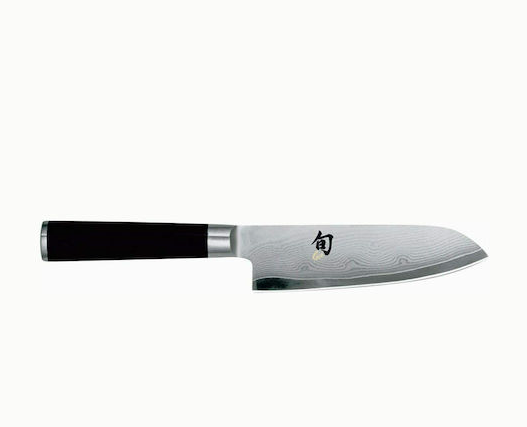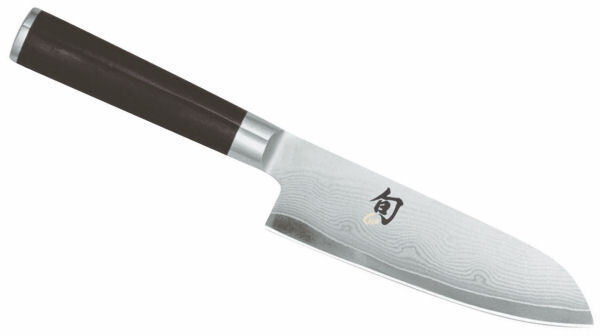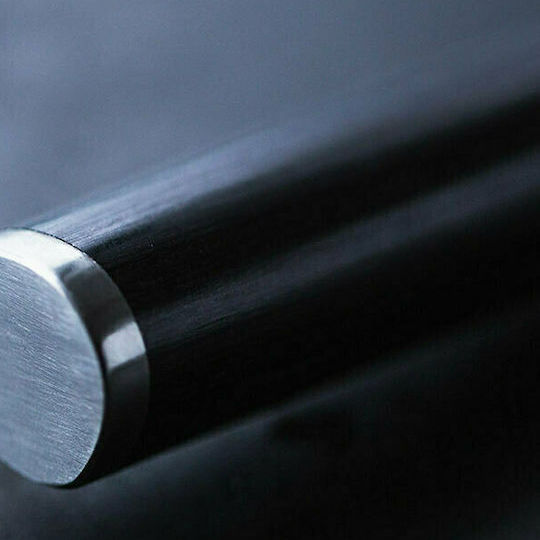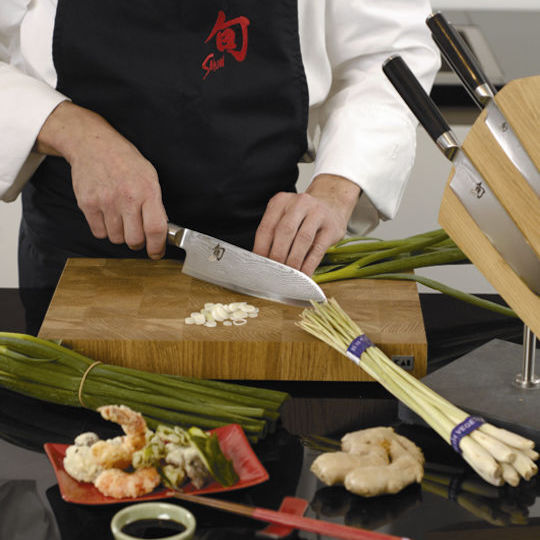The Santoku is the traditional Japanese general-purpose knife, equivalent to a chef's knife. It is a versatile knife as it can be used to cut fish, meat, and vegetables.
from HorecaBar
Selected Store
Stock 2 pieces
Set the delivery location to see products according to your choice.
 AustriaEnglish
AustriaEnglish BelgiumEnglish
BelgiumEnglish BulgariaБългарски
BulgariaБългарски CroatiaEnglish
CroatiaEnglish CyprusΕλληνικά
CyprusΕλληνικά CzechiaEnglish
CzechiaEnglish EstoniaEnglish
EstoniaEnglish FinlandEnglish
FinlandEnglish FranceEnglish
FranceEnglish GermanyDeutsch
GermanyDeutsch GreeceΕλληνικά
GreeceΕλληνικά HungaryEnglish
HungaryEnglish IrelandEnglish
IrelandEnglish ItalyEnglish
ItalyEnglish LatviaEnglish
LatviaEnglish LithuaniaEnglish
LithuaniaEnglish LuxembourgEnglish
LuxembourgEnglish MaltaEnglish
MaltaEnglish NetherlandsEnglish
NetherlandsEnglish PolandEnglish
PolandEnglish PortugalEnglish
PortugalEnglish RomaniaRomână
RomaniaRomână SlovakiaEnglish
SlovakiaEnglish SloveniaEnglish
SloveniaEnglish SpainEnglish
SpainEnglish SwedenEnglish
SwedenEnglish
© 20[0-9]{2} Skroutz SA All Rights and Lefts reserved. FAQ | Terms of use | Privacy Policy | Cookie Policy


Key features:
from HorecaBar
Selected Store
Stock 2 pieces





Knives

Knives






Prices are calculated for:Luxembourg, Other Payment Options
The Santoku is the traditional Japanese general-purpose knife, equivalent to a chef's knife. It is a versatile knife as it can be used to cut fish, meat, and vegetables.

The entire core is made of VG MAX steel with a hardness of 61 (±1) HRC (a knife with a hardness above 56 HRC is considered good). Covered with 32 layers of Damascus steel, the knife represents unparalleled craftsmanship combined with a durable blade that is both hard and flexible thanks to its hybrid composition.
The length of the blade is 14 cm.

The thin handle made of durable pakkawood is based on the shape of a traditional Japanese chestnut. The high-quality resin added to the wood makes the material particularly strong and resistant to moisture. The chestnut shape provides a comfortable and secure grip during cutting, thanks to a small hollow in the handle.
The length of the handle is 11.5 cm.

Cuts are recommended to be made on wooden or plastic cutting surfaces. Glass, stone, and marble cutting surfaces are unsuitable as they can cause permanent damage to the knife blades.

Wash the knife with warm water before using it for the first time. After each use, make sure to wash the knife immediately (with a mild detergent) and dry it with a soft cloth. Especially if you have cut acidic foods, you should wash the knife immediately after use.
For your own safety, you should always wipe the knife away from your body and away from its edge, using a cloth or towel.
It is not recommended to wash it in the dishwasher but by hand, in order to protect its material and maintain its sharpness for a long time.
No matter how sharp a knife is at first, after some use it needs sharpening, something that you can achieve with a sharpener, sharpening stone, or strop.
You can tell if your knife cuts well with an easy test using the knife and a sheet of paper. A sharp knife can easily and cleanly cut through a sheet of paper. On the other hand, a knife that needs sharpening will struggle and its cutting will be dull.
It is also advisable to sharpen your knives with a professional occasionally, to repair any damage to the blade's edge and to maintain sharpness.
Specifications are collected from official manufacturer websites. Please verify the specifications before proceeding with your final purchase. If you notice any problem you can report it here.